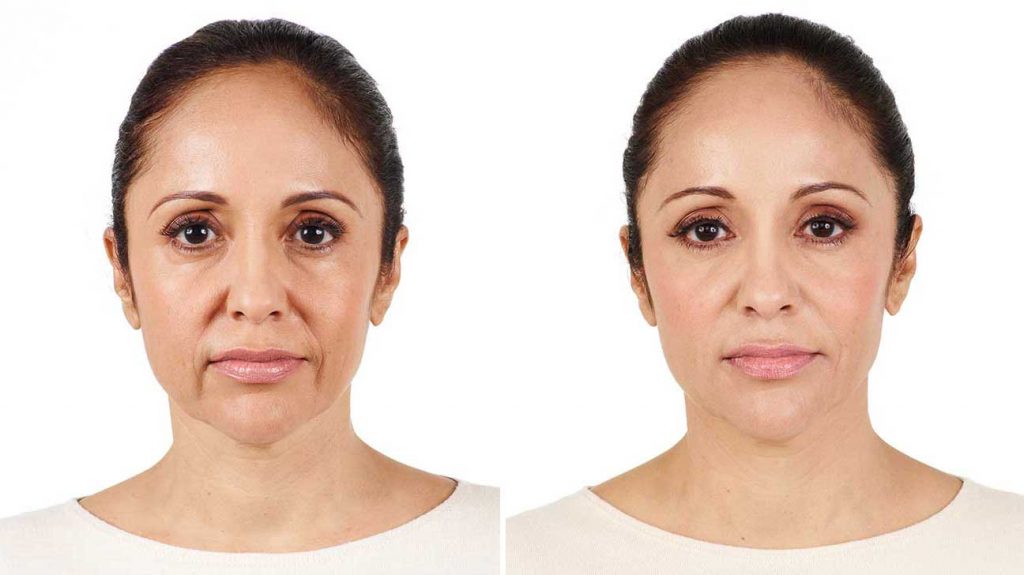Juvederm and Radiesse are dermal fillers approved by the U.S. Food and Drug Adminstration (FDA) for increasing fullness in the hands and face. Both are minimally invasive treatments that require little to no downtime, come with a relatively low risk of side effects and complications, and provide good results. But which one is the best for you?
Suitability Comparison
Both Juvederm and Radiesse are considered for most adult men and women. But there are certain individuals who aren’t considered as suitable candidates for these treatments.
For Juvederm, it isn’t recommended for people who have severe allergies resulting in anaphylaxis, allergy to lidocaine or other similar anesthetics, or multiple severe allergies. For Radiesse, it isn’t a good treatment for people with the same conditions as above as well as for people with a bleeding disorder. Both treatments aren’t recommended for underage individuals, for pregnant women, and for breastfeeding mothers.
Ingredients Comparison
Juvéderm is made of a hyaluronic acid base, among other ingredients. It works by adding volume to the areas of the face where it’s injected, such as in the marionette or parentheses lines around the mouth. It’s also used in smoothing vertical lip lines, the lips themselves, and the cheeks.
Radiesse is made of calcium-based microspheres in correcting the folds, fine lines and wrinkles in the face and hands. These microspheres stimulate the body’s natural collagen production; collagen is a natural connective tissue that also makes the skin strong and elastic, if it’s produced in normal quantities. The injectable gel is used on the same areas as Juvederm – the laugh lines around the mouth, on the cheeks and lips, and the lip lines – but it can also be used on chin wrinkles, pre-jowl fold, and the back of the hands.
The ingredients in both dermal fillers are absorbed by the body over time. These products are then safe for injection if administered properly.
Duration Comparison
A typical Juvederm treatment takes between 15 and 60 minutes depending on the number of injections administered. In contrast, a Radiesse treatment will only take 15 minutes including the application of lidocaine, a topical anesthetic.
Both treatments, furthermore, show immediate results in terms of smoother skin. But the full results can be seen only up to a week for Radiesse and more for Juvederm.
And then there’s the matter of the cost. Keep in mind that when dermal fillers are used for cosmetic purposes, these aren’t covered by insurance. These treatments can only be covered when these are used for the medical treatment of certain diseases, such as for pain management in osteoarthritis.
